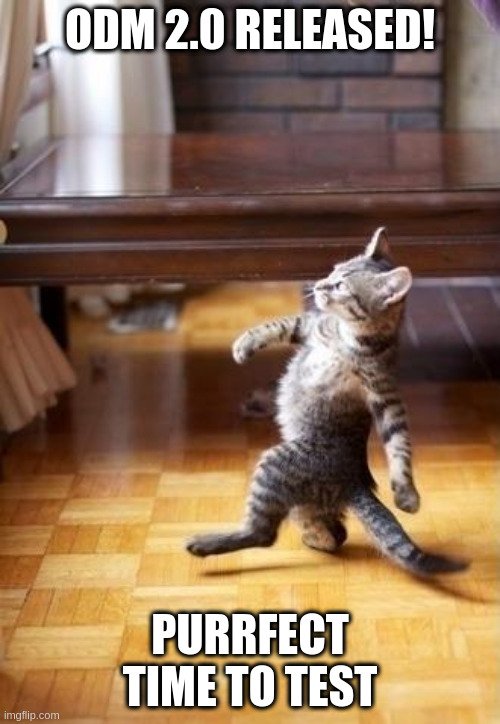ODM 2.0 released! See what’s new.

Today we’re excited to announce a new major release of ODM! What have we been working on? Well a lot of things. The two most important ones are the ones we hope you won’t notice, because they don’t affect functionality, but have been part of necessary “infrastructure” updates to make sure that ODM continues to work in the future. Namely:
- We’ve upgraded the codebase from Python 2 to Python 3. Python 2 has been deprecated and will not receive updates past 2020. With Python 3 support, ODM can continue moving forward with the rest of the Python ecosystem.
- We’ve upgraded the base OS target from Ubuntu Linux 16.04 to 18.04. 18.04 will continue to receive extended security maintenance updates until 2028 and compatibility with 18.04 has been frequently requested from our community.
If you’re using docker, these changes are (should be) transparent. If you’re running ODM natively, you will need to upgrade your base system to 18.04 before updating ODM (or continue using a 1.x release of ODM until you decide to upgrade).
Aside from these important under-the-hood upgrades, we couldn’t make an important release such as a 2.0 release without adding something new and shiny!
- Image Geolocation Files allow you to specify/override the GPS location of your images without having to fiddle with tools such as exiftool. This is different than using Ground Control Point files. With these you simply specify the location of the camera centers instead of the location of points on the ground.
- Image Masks allow you to mask out areas that you don’t want to include in your reconstruction. This is useful in many scenarios. For example, during cell tower inspections, photos typically include parts of the sky, which end up creating strange artifacts and negatively affect the reconstruction. By using masks, one can delineate areas to exclude from a reconstruction, thus obtaining a clean and more accurate result.
- A new option, –feature-quality automatically adjusts the image sizes for feature extraction based on predetermined ratios instead of relying on the user input or making assumptions about the image size.
- Static tiles that were previously computed in NodeODM for use in viewers such as Leaflet or OpenLayers can now be generated via the –tiles option directly in ODM.
Aside from the speed improvements of having updated Python, PDAL, numpy and many other libraries, we’ve specifically improved memory usage in split-merge to handle even larger DEMs, have improved DEMs compression and improved speed/network stability in ClusterODM/NodeODM.
We’ve fixed numerous bugs and increased overall stability. See the related PRs for geeky details (#1156 and #124). We also cleaned up the ODM repository from old, large binary objects that were inflating the git repository. A git clone previously took 1.1GB of downloads, now it takes only 12MB. If you forked ODM, read this announcement as it affects you.
Give ODM 2.0 a try! If you find any issues, please report them on GitHub.
74